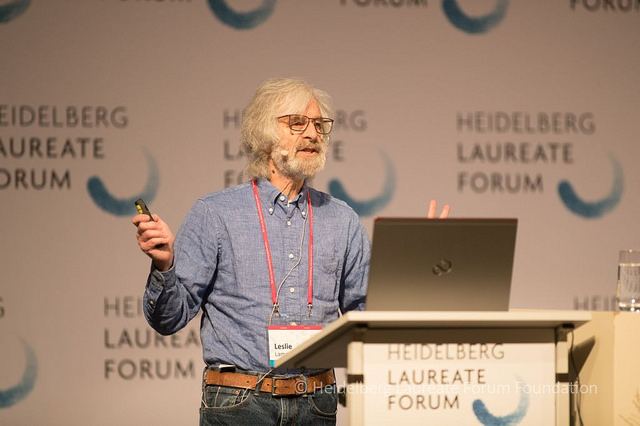 This week, Katie and Paul are blogging from the Heidelberg Laureate Forum – a week-long maths conference where current young researchers in maths and computer science can meet and hear talks by top-level prize-winning researchers. For more information about the HLF, visit the Heidelberg Laureate Forum website.
This week, Katie and Paul are blogging from the Heidelberg Laureate Forum – a week-long maths conference where current young researchers in maths and computer science can meet and hear talks by top-level prize-winning researchers. For more information about the HLF, visit the Heidelberg Laureate Forum website.
The HLF included a talk from 2018 Fields medalist Caucher Birkar. His subject area, algebraic geometry, is one of the largest fields of research within pure mathematics (over a quarter of the 60 Fields medals awarded since 1936 have been to people working in algebraic geometry), and it has connections to many other fields of maths including topology, algebra and number theory. But what exactly is algebraic geometry? Well, if you’ve studied maths at school, there’s a pretty good chance you’ve already done some.


